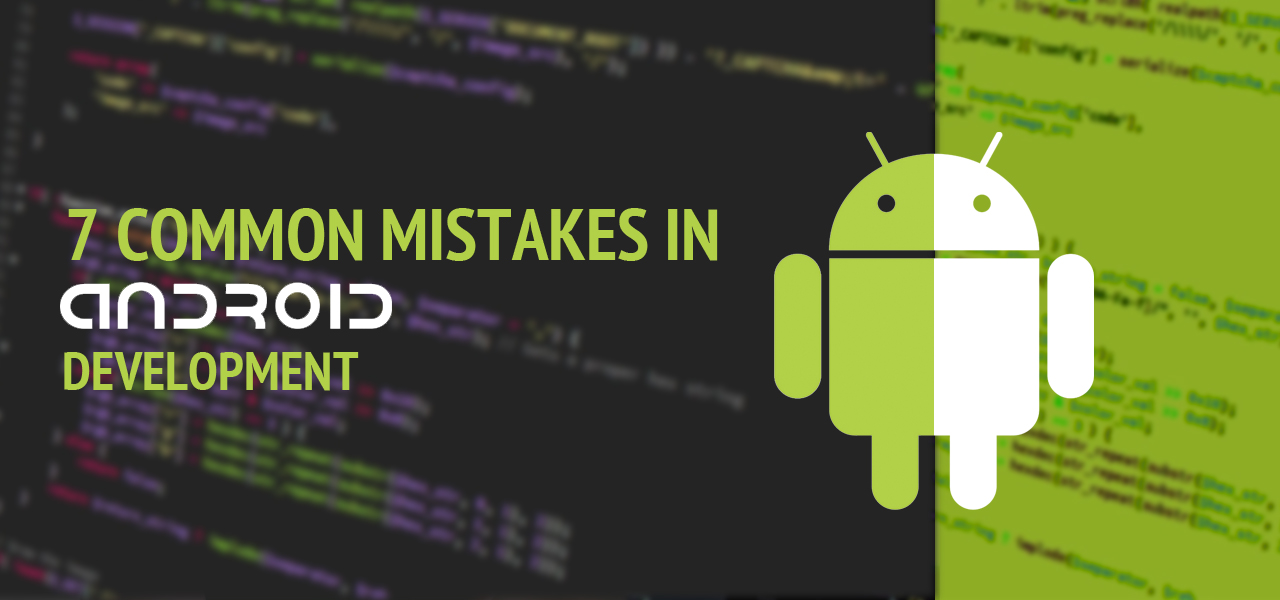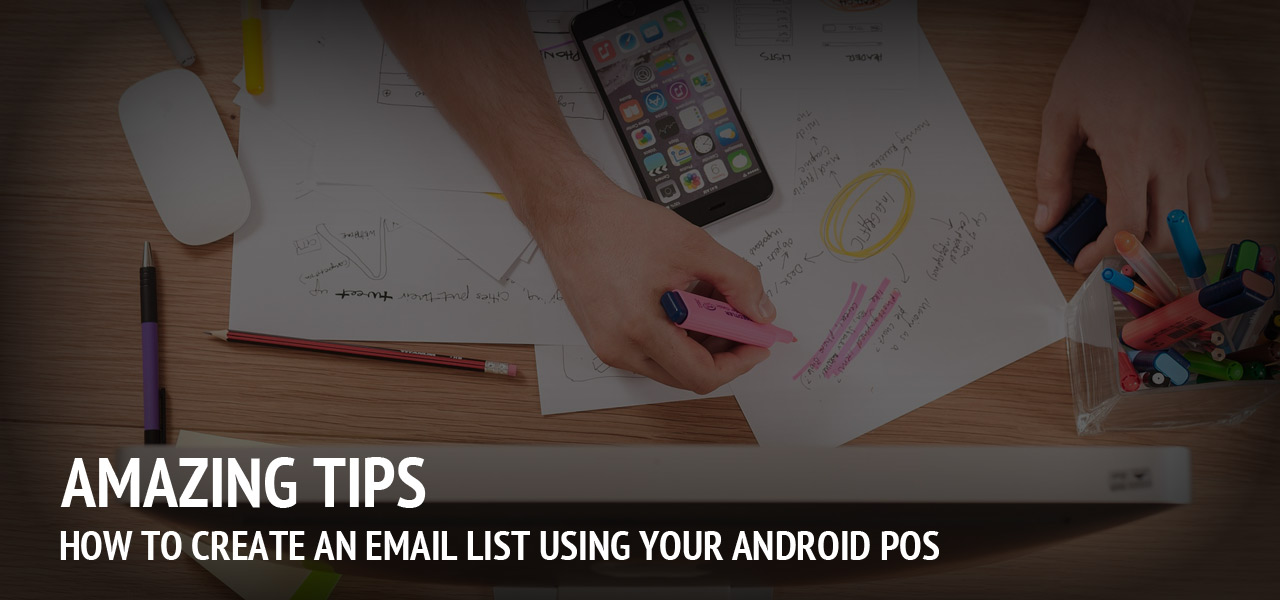7 Common Mistakes in Android Development

There are many issues that android developers have to pay attention to when building an app. Android, as a platform, is very big and very popular mostly because it is free, easily customizable and also available across various devices. With the evolution of android continuing with constant updates and the platform becoming more mature in comparison to the first AOSP release, the expectation from the users have continued to increase as well.
However, with the massive improvements on this platform, many app developers still make many avoidable errors. Many of these errors are due to logistics but they are errors that can be prevented by just sticking to the basics.
Before you start to develop an app, there are things you should know which will guide you and help you build a glitch-free app. Without this basic knowledge, you make foundational mistakes. And here are seven common mistakes app developers make.
1. Developing An Android App For Apple iOS
There was a time when the app development standard was iOS and developers have to build an iOS clone. But that is no longer the case as Apple is no longer the standard for app development. It is therefore seen as absurd and totally unnecessary when a developer still builds an iOS clone. This is currently one of the worst strategies for android app development. But there are still developers here and there that make this mistake.
The Android platform has been around for so long and has grown so much that the iOS design is now considered to be a very terrible strategy that can affect the user experience of the app.
2. Developing Without Intents
There are a number of android developers who create apps without using Intents. But Intents is a key component of android and is essential during the app building process. Intents are used to pass data or information between the numerous aspects of the app or between the apps on the system. Add a specific command before starting your SMS Intent.
Although these commands are quite important for many reasons, you should use SMS Intents because it helps with a number of functions and makes the operation on the device smooth while it also carries out many other tasks such as; sharing content, using native apps to open links recording video, adding events, taking pictures, and picking contacts.
3. Blocking The Main Thread
The purpose of the main thread is to make sure that the app has a user interface that is responsive. And this is very important to the user experience. The common rule of thumb is that, when you have less than 24fps and a delay of more than 100ms, the user interface will be perceived as less responsive and not smooth.
This will bring about a delay in the feedback for the user’s action and will also cause the android app to stop responding. This can often lead to frustration for the user and they can give negative feedback for the app.
To ensure that the main thread is not blocked, use background thread for database querying, image processing, SD writing/reading, bitmap loading, and network calls.
4. Writing Your Own New Codes
Remember how we said that android has been in existence for so long and how it is improved drastically over time? This also means that most of the basic codes that you will need to build an android app have been written already. So, it is totally unnecessary for you to even think of writing your own new codes especially for common things such as database access, network calls, social login, image loading, and JSON parsing. These are the common things that all android apps do.
You should not write new codes for these things, there are codes already written that have been tested and tried and have been used countless times. Stick to this norm. Use:
- Picasso for image loading.
- Gradle for the build system.
- Gson/Jackson for JSON Parsing.
- Retrofit / Volley for network calls
- Common implementation for social login.
5. Failure to Use fragments
They operate within a particular activity but fragments are individual building blocks and each of them has their own lifecycle.
You can use parent activity to control fragments and this makes it a powerful tool to optimize your content and ensure that it fits into different screen parameters. One of the advantages of fragments is the fact that they are flexible and can be re-used repeatedly. It is also easy to reposition them and they are effective in combining with other operations.
6. Inefficient Bitmaps Display
If you display your images properly, it will not take up as much memory as images take up normally. But many developers do not know how to manage disk caching and memory strategically as they load the memory with multiple bitmaps and this might be a reason for the user interface to become less responsive.
Common strategies to be efficient with bitmaps in your app are:
- Scale or crop large images.
- Show what the app can present.
- Measure the display showing the images.
You could also use a tool such as Glide to display, decode and fetch bitmaps in the app.
7. Developing An App For One Device
There are numbers of android devices around now and a priority for the developer should be to make the app as good as they can be on every device, even though that is highly unlikely. However, there are some programming strategies that you can use to improve the appearance of your app on these devices:
- Do not use Normal Pixels. Use density-independent pixels instead.
- Incorporate resources multiple times so it covers different orientations and densities.
- Resize the 9-patch drawables to fit the screen.
- Replicate android devices using Genymotion or Android Emulator.
Conclusion
All of these mistakes are very avoidable. By simply doing the right thing and following the basics, these fails will stay away from you.
About The Author
Related Blog
View All-
Top 10 Android Apps for IT Professionals
In today's fast-paced technological landscape, mobile applications have become an indispensable tool for IT professionals. They enhance productivity and provide on-the-go solutions for various tasks such as network monitoring, project management, and security. ...
-
Amazing Tips on How to Create an Email List Using Your Android POS
If you are not already embracing the Point of Sale (POS) technology, you should do that ASAP. Android POS has revolutionized how we conduct business. Let's be honest, a lot of businesses find it hard to target the right consumer. Emailing marketing has helped ...







